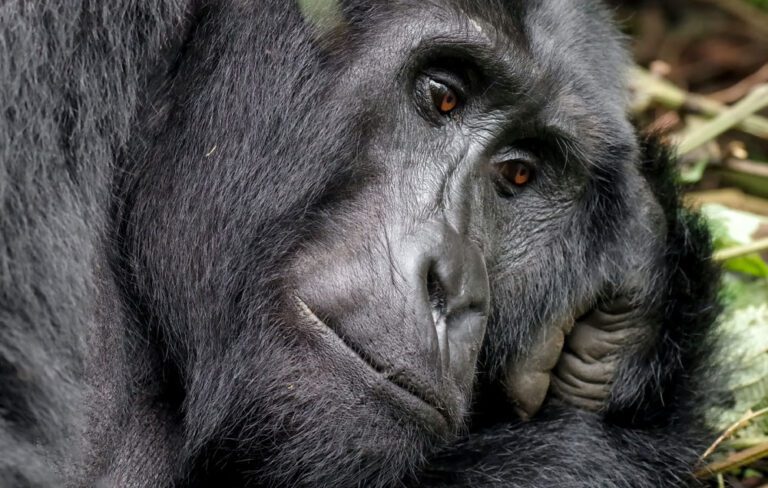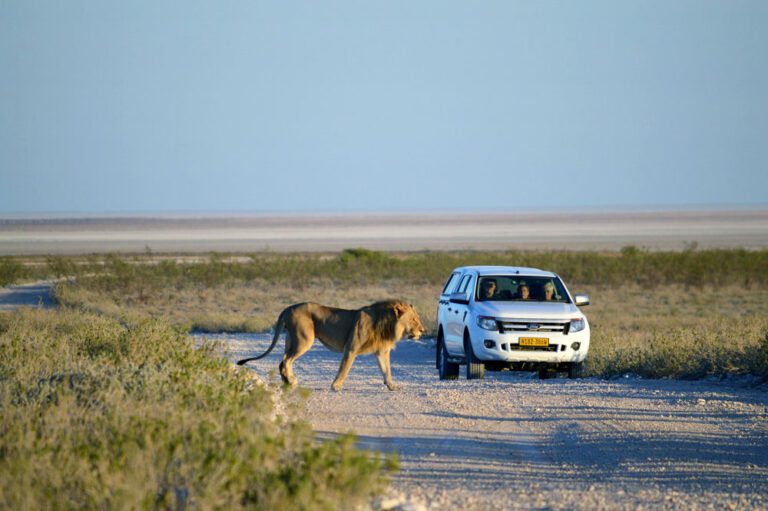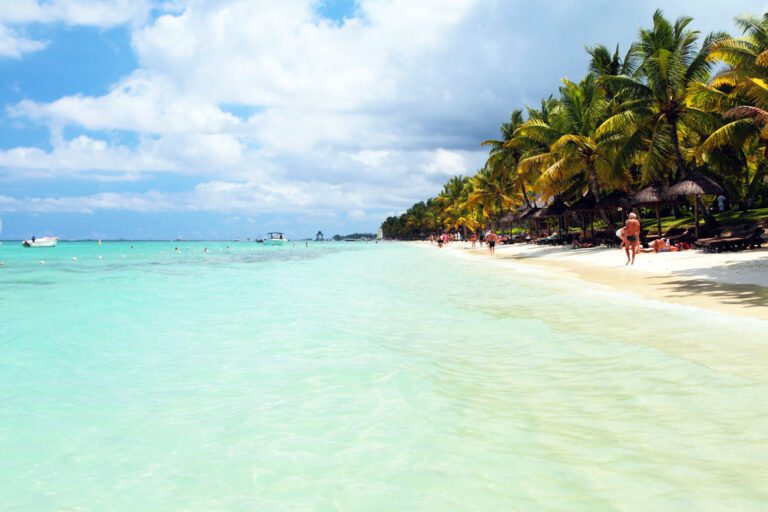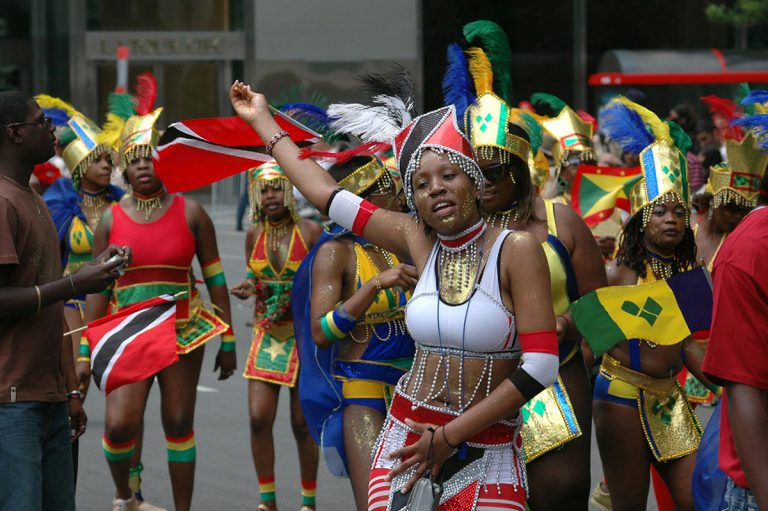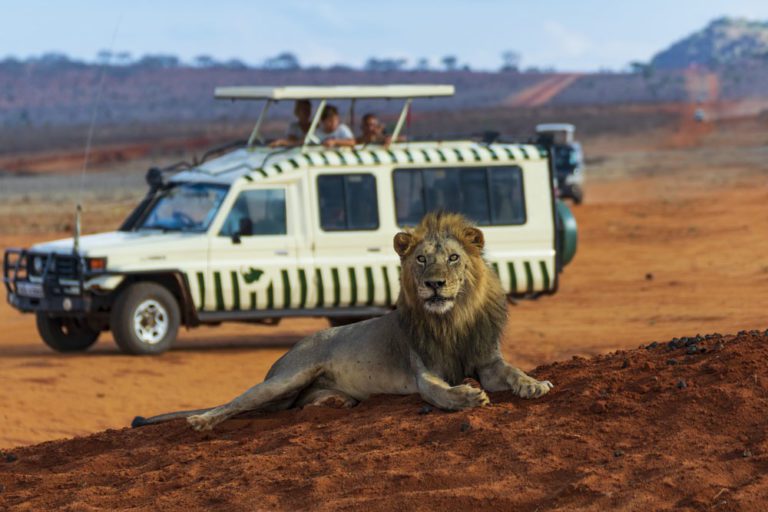The Ultimate Guide to Climbing Mount Kilimanjaro

Climbing Mount Kilimanjaro, the highest mountain in Africa, is an incredible bucket list adventure! Located in Tanzania, Kilimanjaro rises to 19,341 ft (5895m) and offers stunning views from its summit.
Reaching the top, however, takes careful planning and preparation. As someone who recently completed this amazing trek, I want to share my tips and recommendations for how to successfully climb Mount Kilimanjaro!
Choosing a Route
The first big decision is choosing which route you’ll take up the mountain. There are several options, each with its own pros and cons. Here are the main routes:
Personally, I chose the Lemosho route. The extra acclimatization days really helped me adapt to the altitude. While it was a longer trek, the scenery was breathtaking and we encountered fewer crowds than the busier Marangu trail.
Booking a Guide

While it’s possible to climb Kilimanjaro without a guide, I highly recommend booking with a reputable guide company. They will take care of many logistics like permits, porters, camping gear, food, and more.
Having their expertise on the mountain is invaluable when it comes to safety, pacing, and reaching the summit. Do your research to find a great guide company. Some options to check out are Zara Tours, Kilimanjaro Safari Club, and Tusker Trails.
Physical Training
Reaching the summit requires physical fitness and endurance. Give yourself several months to train before your trek. Go on regular hikes while carrying weight in your backpack to condition your legs and build hiking stamina. Work your way up to longer hikes with significant elevation gains.
If you don’t live near mountains, using the Stairmaster at the gym is great for training. Strength training your legs and core also helps. Staying in shape and training for the trek will maximize your chances of summit success!
Altitude Acclimatization

Reaching 19,341 feet above sea level presents a major challenge – altitude sickness. Going too high too fast can cause serious, even life-threatening issues. That’s why it’s essential to acclimatize and take the ascent slowly.
When booking your guide, choose a route that offers more days to allow your body to adjust. Stay hydrated and listen to your body during the trek.
Symptoms of altitude sickness include headache, nausea, dizziness, and fatigue. If you experience severe symptoms, let your guide know and descend if needed – reaching the summit is not worth the major health risks. Taking it slow allows you to acclimatize safely.
Packing Recommendations
Carefully choosing the right clothing, gear, and supplies for Kilimanjaro is key. You need to be prepared for diverse climate zones from hot to freezing temperatures. Here are some of my top packing tips:
Avoid cotton clothing that retains moisture. Pack clothing you can layer for changing temperatures. Break in your boots before the trek. Gather all equipment several weeks ahead to give you time to buy anything missing.
What to Expect Along the Route

The scenery and terrain you’ll encounter varies greatly on Kilimanjaro. Here’s an overview of the main climate zones and what to expect:
While each route differs slightly, you’ll pass through distinct and stunning landscapes on your way to the Roof of Africa!
Staying Healthy
Your health and safety are the number one priority in Kilimanjaro. Here are some vital tips:
With the right preparation, you can climb Kilimanjaro safely and have an amazing experience. Stay positive, take it slow, and you’ll have the trek of a lifetime! Let me know if you have any other questions. I’m happy to help!
Good luck on your adventure!

